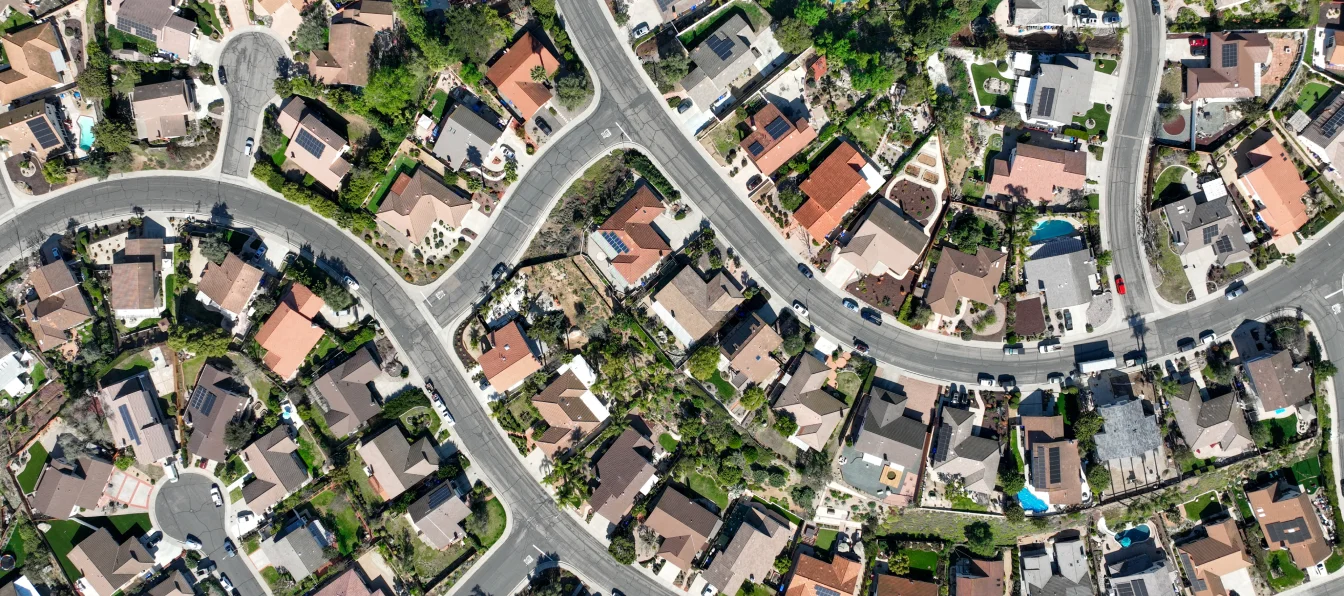
Economy
Understand the financial forces that affect daily American life. Discover how exports and imports impact US taxes and debt, plus learn about inflation and other economic indicators.
Data guides
Take a deeper dive into civics issues at your own pace.
More economy insights
Fact-based answers to the questions we’ve all been asking.
All about taxes
Only two things are certain: death and taxes. And while taxes are certain, they’re certainly not straightforward.

US government agencies explained
Explore the government agencies that play a role in the economy.

